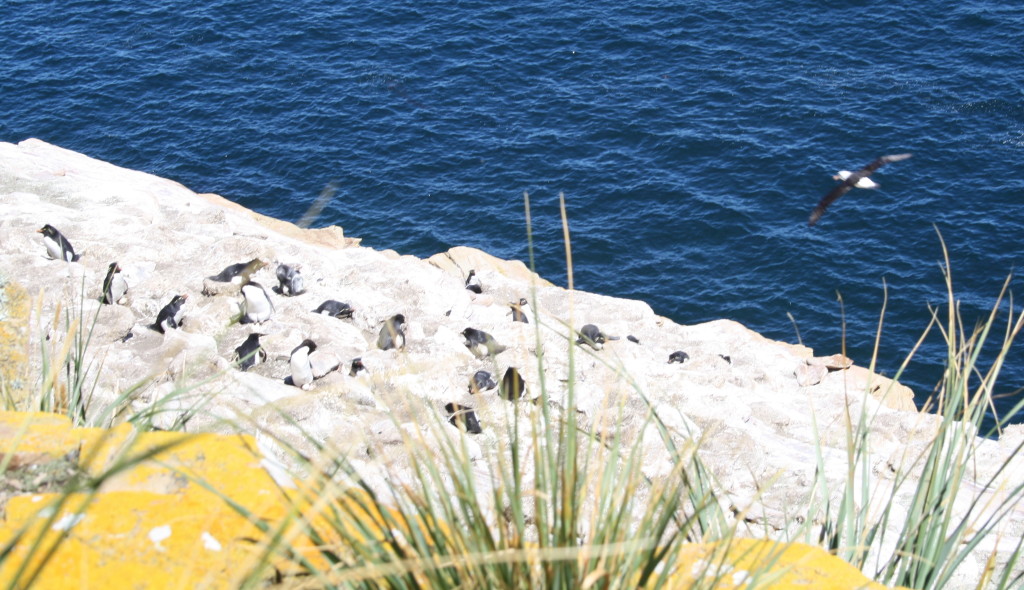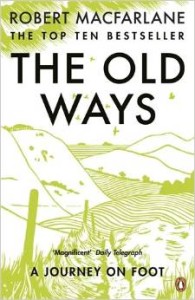Bookshelf serendipity strikes again! I can’t resist telling this story, though it was awhile ago. Appropriate to the geography conference I was in town to attend, I bought a compelling atlas of New Orleans by Rebeccas Solnit and Snedeker, Unfathomable City, part of a series at UC Press, at a small bookstore behind the Cabildo. Each map and essay tells an idiosyncratic story about the place, including human and river channel migrations, social and landscape erosions, including social clubs, seafood and sex. While excellent, it wasn’t an easy one to tote in my bag for idle moments.
The ‘take a book, leave a book’ shelf at my hotel filled the gap with But What if We’re Wrong, by pop seer Chuck Klosterman (sorry Columns Hotel, I’ll leave one next time). Klosterman is talking about the same thing that I was at AAG to talk about: climax thinking. He asks how we can learn to make decisions anticipating the many ways that we might be wrong, so we don’t box ourselves in. Instead we denigrate the people who made decisions or assessments we reflect upon today as folly, but assume against evidence that we’re going to be right. There is something to be said about doubt.
Having finished both of the above, I needed another book for the flight home. During a layover in Toronto airport I bought Everybody Lies by Seth Stephens-Davidowicz. He is a computer scientist who thinks data mining has replaced social science, so a few sections (particularly the conclusion) grated, but this was a fun (and surprisingly dirty) introduction to how secondary online datasets like our Google queries help us learn what people are really thinking and feeling. I have since brought up his examples in a few social science contexts, like the energy incubator at Cornell. I’m loathe to hand it to students, given some of the icky content (people are, it turns out, gross), but as survey response rates drop, offensiphobia rules, and questions around sustainability cross the sociology/psychology boundary, such datasets may well be the only way we can really understand what kind of society we are really working with.







